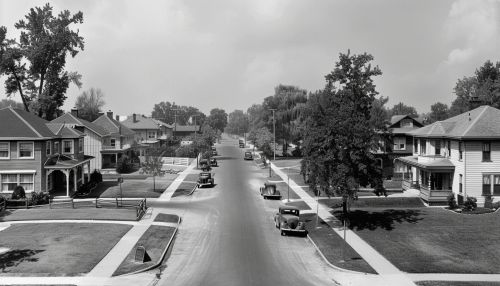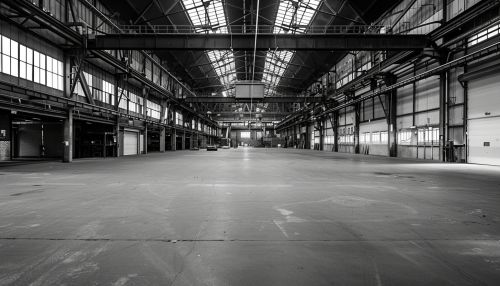Andy Warhol
Early Life
Andy Warhol, born Andrew Warhola on August 6, 1928, was the fourth child of Ondrej Warhola and Julia, who were Slovakian immigrants. His parents were devout Byzantine Catholics who maintained much of their Slovakian culture and heritage while living in Pittsburgh, where Warhol was born. Warhol was often sick during his childhood and became an outcast at school. This led him to become a frequent television viewer and to develop an interest in celebrities and Hollywood culture, which would later influence his art.


Education
Warhol graduated from Schenley High School in 1945 and enrolled in the Carnegie Institute of Technology (now Carnegie Mellon University), where he studied pictorial design. During his time in college, Warhol gained skills in various artistic media, including drawing, painting, printmaking, and photography. He also developed his unique style of using everyday objects and images from popular culture, which would become a hallmark of his later work.
Career
After graduating in 1949, Warhol moved to New York, where he worked as a commercial illustrator. His early career was marked by his unique style and his use of a variety of media, including drawing, painting, printmaking, and film. He quickly became one of the leading figures in the Pop Art movement, which sought to challenge traditional fine art by incorporating images from popular culture.
Warhol's work in the 1960s was marked by a series of innovative and controversial works, including his Campbell's Soup Cans series and his Marilyn Diptych, which featured images of actress Marilyn Monroe. These works, which used screen printing techniques and repeated images, challenged traditional notions of originality and the role of the artist.
In the 1970s and 1980s, Warhol expanded his artistic practice to include a wider range of media, including film, music, and publishing. He founded Interview Magazine and became a prolific filmmaker, producing avant-garde films such as Sleep and Empire. He also managed the rock band The Velvet Underground, and founded The Factory, a studio where he and his collaborators created art and hosted lavish parties.


Death and Legacy
Warhol died on February 22, 1987, from complications following gallbladder surgery. His death was widely mourned, and he is remembered as one of the most influential artists of the 20th century. His works continue to be exhibited in museums around the world, and his influence can be seen in a wide range of artistic practices.
Warhol's legacy also includes the Andy Warhol Museum in Pittsburgh, which houses an extensive collection of his works and serves as a resource for scholars and artists. His life and work continue to be the subject of extensive research and analysis, and his unique approach to art continues to inspire artists around the world.
